Major League Pickleball will be the first major American professional sports league to implement a promotion and relegation system. The draft for the first season—featuring some of the world's best pickleball players and most famous celebrities—will take place in Las Vegas tonight, Thursday, December 15th, and air on Tennis Channel at 9:00 p.m. EST.
pickleball
The Pickleball Primer: What you need to know before tonight's MLP draft
By Dec 15, 2022pickleball
Genie Bouchard, Donald Young, Jack Sock, Sam Querrey headline doubles at PPA Veolia North Carolina Open
By Apr 04, 2025pickleball
Jack Sock earns first-career silver medal at PPA Red Rock Open
By Mar 31, 2025pickleball
PPA Red Rock Open claims Sam Querrey, Jack Sock and Eugenie Bouchard in opening round of doubles
By Mar 29, 2025pickleball
Jack Sock, Eugenie Bouchard lose in mixed doubles at PPA Red Rock Open ... but are not out of the tournament
By Mar 28, 2025pickleball
Sam Querrey to play men's doubles in PPA Red Rock Open
By Mar 27, 2025pickleball
Jack Sock skyrockets into PPA Red Rock Open semifinals
By Mar 27, 2025pickleball
Steffi Graf and Andre Agassi win $1 million at Pickleball Slam 3 over Eugenie Bouchard and Andy Roddick
By Feb 17, 2025pickleball
Eugenie Bouchard on the PPA Tour, yet still has WTA ranking to her name
By Feb 14, 2025pickleball
Eugenie Bouchard, Jack Sock, Donald Young kick off PPA Tuscon with convincing wins
By Feb 06, 2025pickleball
The Pickleball Primer: What you need to know before tonight's MLP draft
The rules, strategies and everything else about this fast-moving sport that’s here to stay.
Published Dec 15, 2022
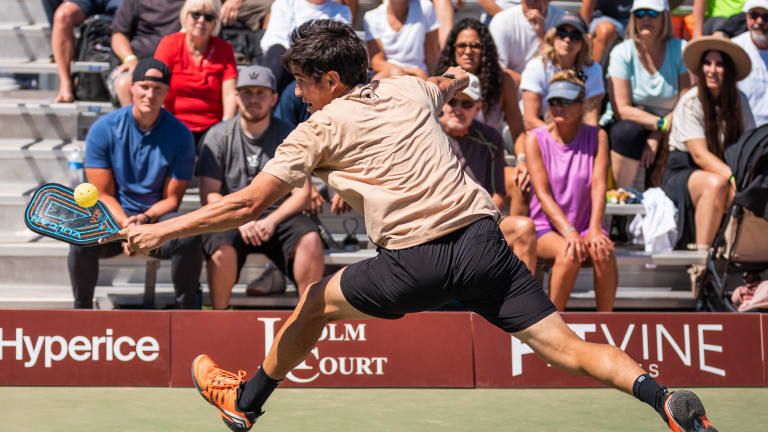
Advertising
Advertising
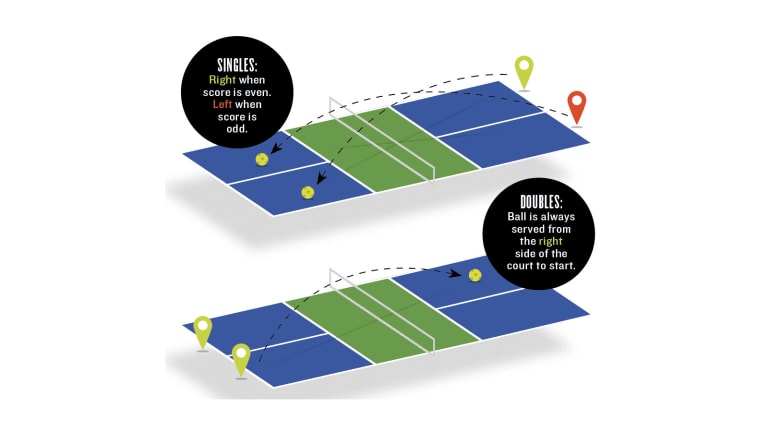
When a team gains possession of serve in doubles, the ball is always served from the right side of the court. In singles, however, upon gaining possession, the server starts on the right side when his score is even, and on the left side when his score is odd. Servers only have one chance to land their serve in the correct area, and lose serve if they fail to do so.
Advertising
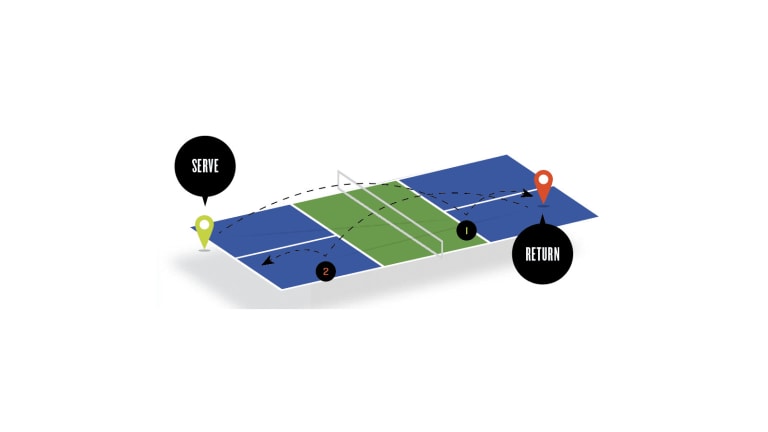
Balls may be either hit after a single bounce or volleyed out of the air. There is a exception, though: the serve and the return must both bounce once before players are able to attempt volleys. This keeps the serving team back in the court and neutralizes the server’s advantage.
Advertising
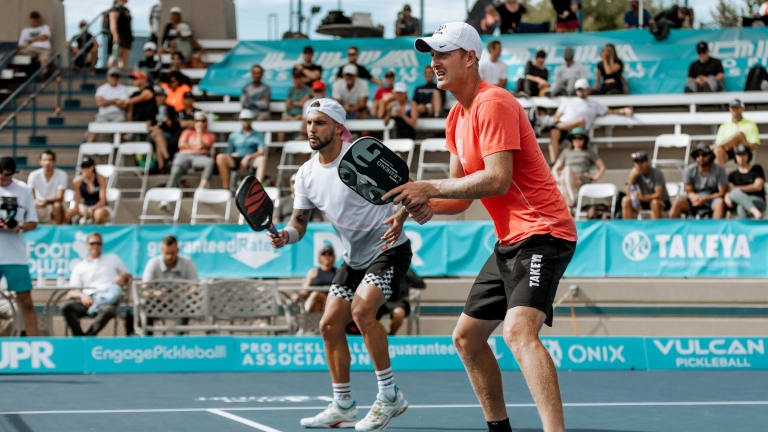
Think of the kitchen as a pool of hot lava. But even though you can’t enter it while volleying, lest you lose the point, this off-limits rectangle shapes how points are conducted. Players are forced to consider not only their shot, but how its bounce and placement will affect the resulting reply from their opponents.
Advertising
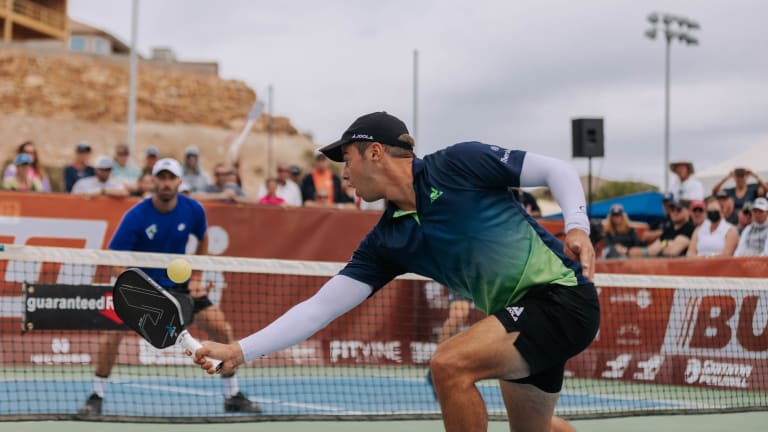
The best dinks demand fine touch, along with ample height and spin—all done quickly.
Advertising
Advertising
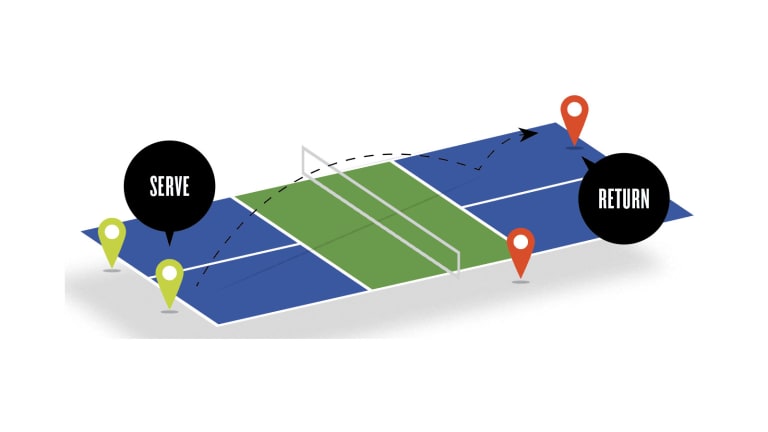
Diagram of the serving and returning positions in pickleball.